
Current liabilities in business can be a complex topic, but it's essential to understand them to make informed financial decisions.
A current liability is a debt or obligation that a business must pay within one year or within its operating cycle, whichever is longer.
Current liabilities can be categorized into two main types: accounts payable and accrued expenses.
Accounts payable are amounts owed to suppliers or vendors for goods or services received.
Accrued expenses are expenses that a business has incurred but not yet paid, such as salaries, taxes, and utility bills.
As a business owner, it's crucial to manage current liabilities effectively to maintain a healthy cash flow and avoid defaulting on payments.
What Is a Liability?
A liability is essentially a financial obligation or economic expectation that another entity has from a company.
Liabilities are categorized into two types based on the time frame in which they are supposed to be written off from a company's books - current liabilities and non-current liabilities.
Current liabilities are financial obligations that a company is expected to meet within one business cycle, not necessarily one year.
These short-term obligations act as primary determinants of a company's liquidity, as they are typically settled against current assets.
Companies use their current assets to pay off their short-term financial obligations, which is why current liabilities are recorded on the right side of the Balance Sheet.
Examples of current liabilities include creditors and outstanding overheads.
Types of Liabilities
There are several types of liabilities, including current liabilities, non-current liabilities, and contingent liabilities. Current liabilities are liabilities that a company is obligated to write off within a single operating cycle, and they are recorded on the right side of a balance sheet, typically above "Non-Current Liabilities."
Accounts payable, or "A/P", are often some of the largest current liabilities that companies face, and they increase when a company receives a product or service before it pays for it.
Here's a breakdown of the differences between current liabilities, non-current liabilities, and contingent liabilities:
Current liabilities offer a critical view of a company's liquidity and whether an organisation's management is efficient enough to settle those obligations with their current assets.
Accrued Liabilities
Accrued Liabilities are expenses that have been incurred but not yet paid. They are recorded in the current liabilities section of the balance sheet.
Accrued expenses can include supplies purchased from a vendor for which the company hasn't yet received an invoice, interest payments on loans that are due in the near term, and warranty payments on a service or product that has yet to be fully paid.
Some common examples of accrued liabilities include:
- Supplies purchased from a vendor for which the company hasn't yet received an invoice
- Interest payments on loans that are due in the near term
- Warranty on a service or product that has yet to be fully paid
- Accrued federal, state, and local taxes
- Accumulated employee wages, bonuses, and commissions for a period that might be paid at a later date
Accrued Payroll is a specific type of accrued liability that includes money owed to employees for salaries, wages, bonuses, and other forms of compensation.
Accrued Expenses
Accrued expenses are a type of liability that companies record when they incur expenses, but haven't yet paid for them.
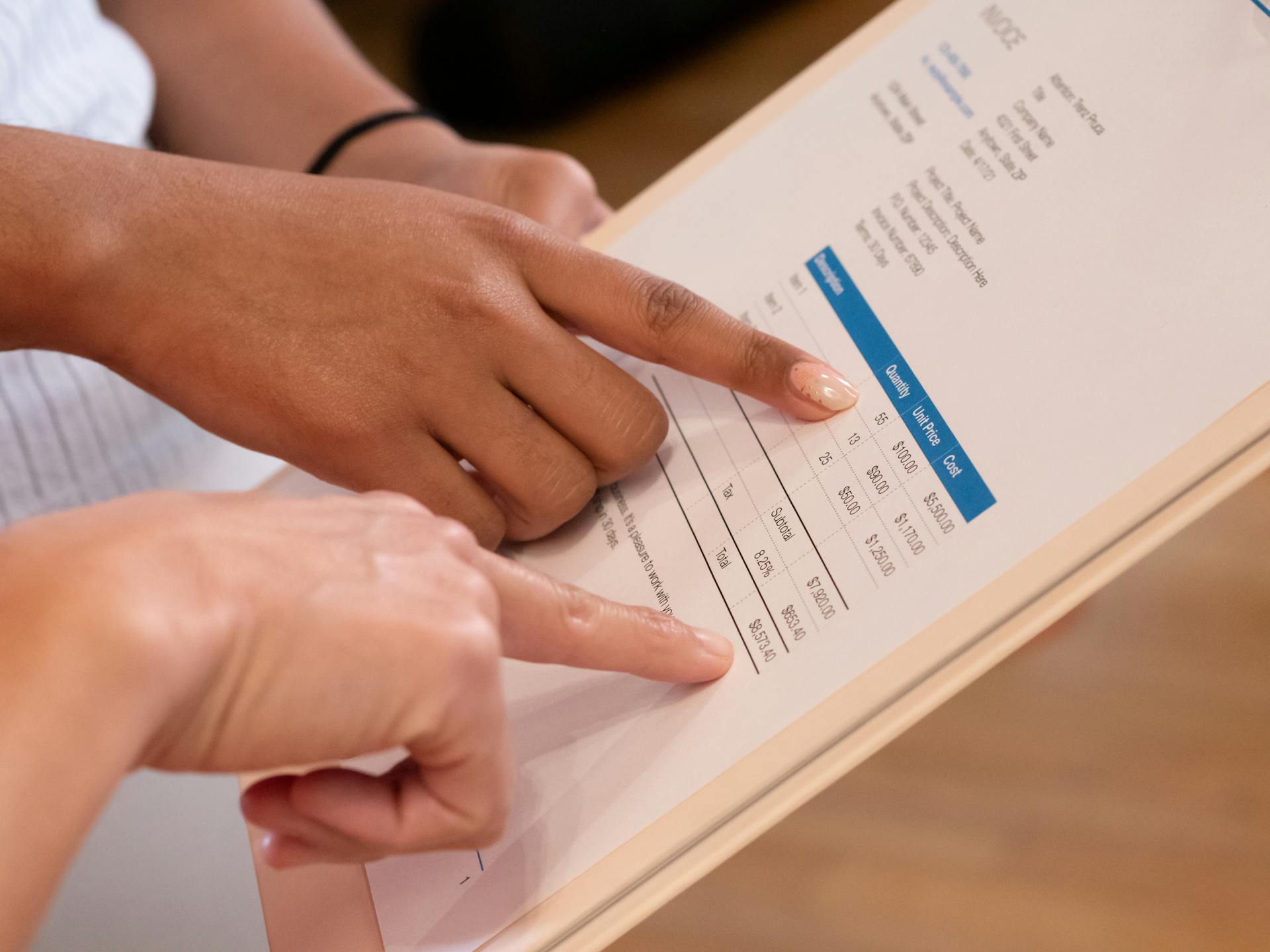
These expenses are typically short-term financial obligations that companies will use their current assets, such as cash, to pay. For example, if a company purchases supplies from a vendor, but hasn't yet received an invoice to pay for them, that's an accrued expense.
Accrued expenses can include interest payments on loans that are due in the near term, warranty payments for services or products, and real estate and property taxes that have accrued for the period.
Some common examples of accrued expenses include:
- Supplies purchased from a vendor for which the company hasn't yet received an invoice to pay it
- Interest payments on loans that are due in the near term
- Warranty on a service or product that has yet to be fully paid
- Real estate and property taxes that have accrued for the period
- Accrued federal, state, and local taxes
- Accumulated employee wages, bonuses, and commissions for a period that might be paid at a later date, such as the following period
Accrued payroll is a specific type of accrued expense that includes money owed to employees, such as salaries, wages, bonuses, and other forms of compensation.
Consumer Deposits
Consumer Deposits are a type of liability that shows the amount of money clients have deposited in a bank.
This money is a liability rather than an asset because, theoretically, all account holders could withdraw their funds at the same time.
Consumer Deposits are often listed under "other current liabilities" on a bank's balance sheet.
Their money doesn't belong to the bank, it belongs to the account holders who deposited it.
Taxes
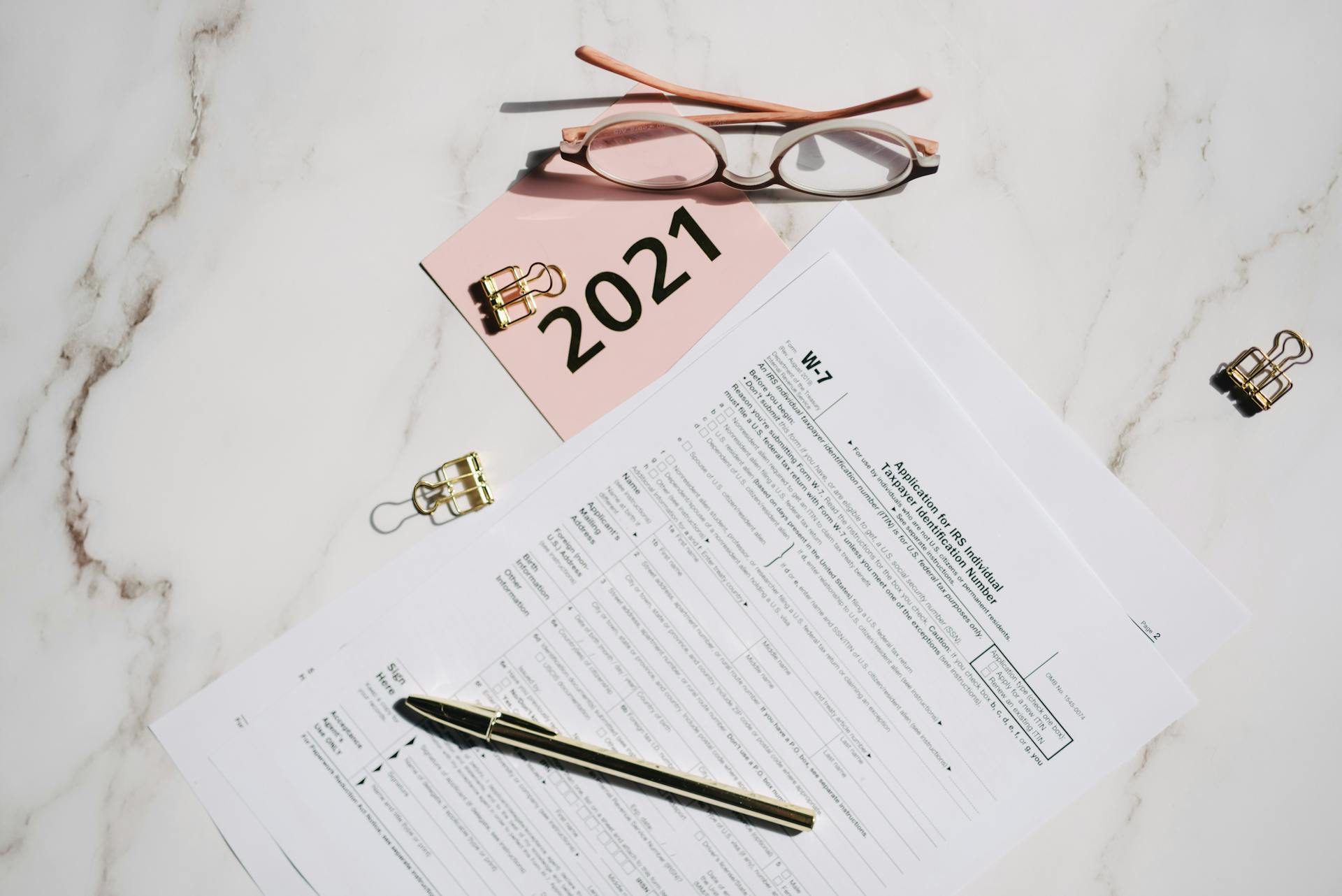
Taxes are a crucial part of a company's current liabilities. Companies owe different types of taxes, such as income taxes owed to the government, payroll taxes withheld from employees, and taxes collected from customers and paid to the government.
Some common examples of taxes payable include sales tax and income taxes. Sales taxes result from sales of products or services to customers and vary by state and local municipalities, ranging from 1.76% to almost 10% of the gross sales price.
For instance, if a shoe store sells a $50 pair of shoes and charges a sales tax of 8%, the customer pays a total of $54, with the $4 sales tax being a current liability until distributed to the government authority.
Income taxes are required to be withheld from an employee's salary for payment to a federal, state, or local authority. This withholding is a percentage of the employee's gross pay.
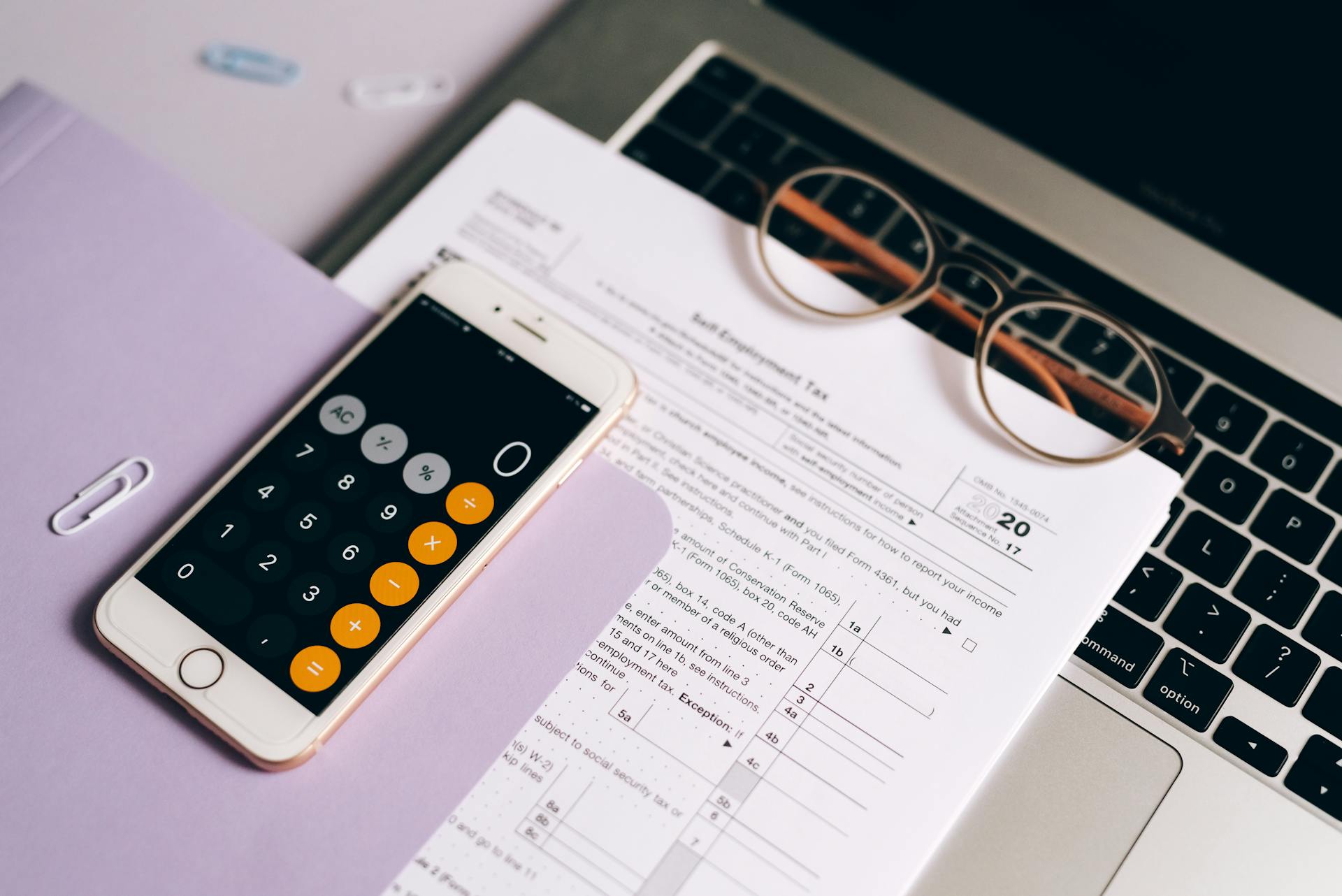
Here are some examples of taxes payable:
- Sales taxes: varies by state and local municipalities, ranging from 1.76% to almost 10% of the gross sales price
- Income taxes: withheld from an employee's salary for payment to a federal, state, or local authority
In the case of sales tax, the company holds the tax in the Sales Tax Payable account until payment is due to the governing body.
Short-Term Debt and Liabilities
Short-term debt can be a major concern for companies, especially if it's not managed properly.
Short-term debt refers to all debt payments owed within the next year, and it's a crucial factor in assessing a company's financial health.
If a company has a high amount of short-term debt compared to long-term debt, it might struggle with cash flow issues if it can't generate enough revenue to meet its obligations.
Companies often use short-term bank loans, such as overdraft credit lines or short-term advances from a bank, to boost their capital.
Commercial paper, a short-term, unsecured promissory note, is another common way for companies to raise funds.
Commercial paper can be used to finance payroll, payables, inventories, and other short-term liabilities.
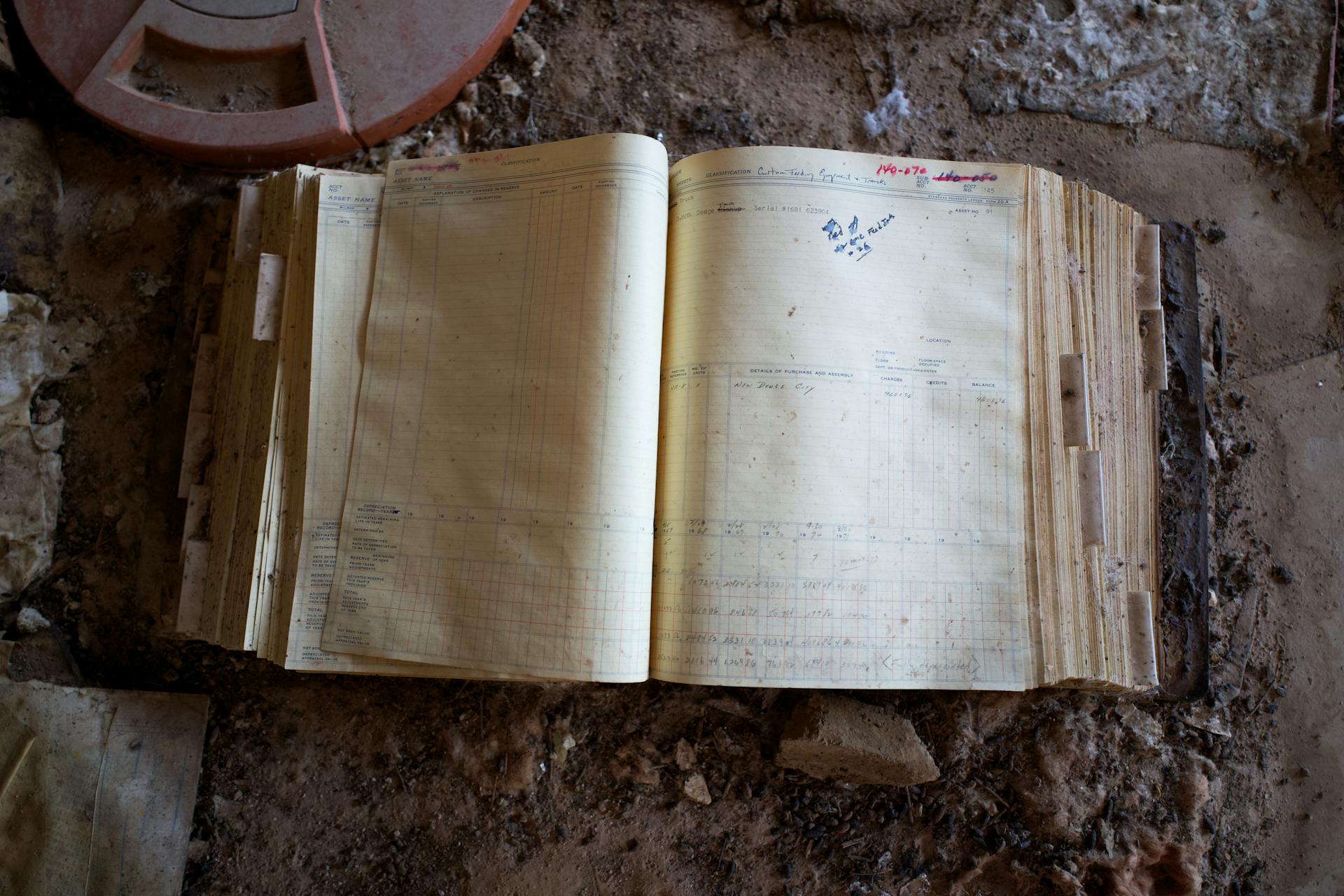
Accounts payable, or payables, are outstanding bills or payments that a company owes to someone else, such as a vendor or contractor.
These payments must be made within the reporting period and represent a current liability.
Notes payable, which are payments on a company's loans due in the next 12 months, are a common type of current liability.
Having a high amount of short-term debt or current liabilities can limit a company's ability to increase its dividend payment or make other cash payments.
Payroll and Liabilities
Payroll and Liabilities are an important part of current liabilities. Companies may be responsible for payroll liabilities that are due within the year.
These liabilities can include Medicare payments withheld for staff, employer benefits like retirement plan contributions or health insurance premiums, and even salaries, wages, bonuses, and other forms of compensation owed to employees.
Accrued payroll, which is money owed to employees that has not yet been paid, is also a type of current liability. This includes salaries, wages, bonuses, and other forms of compensation.
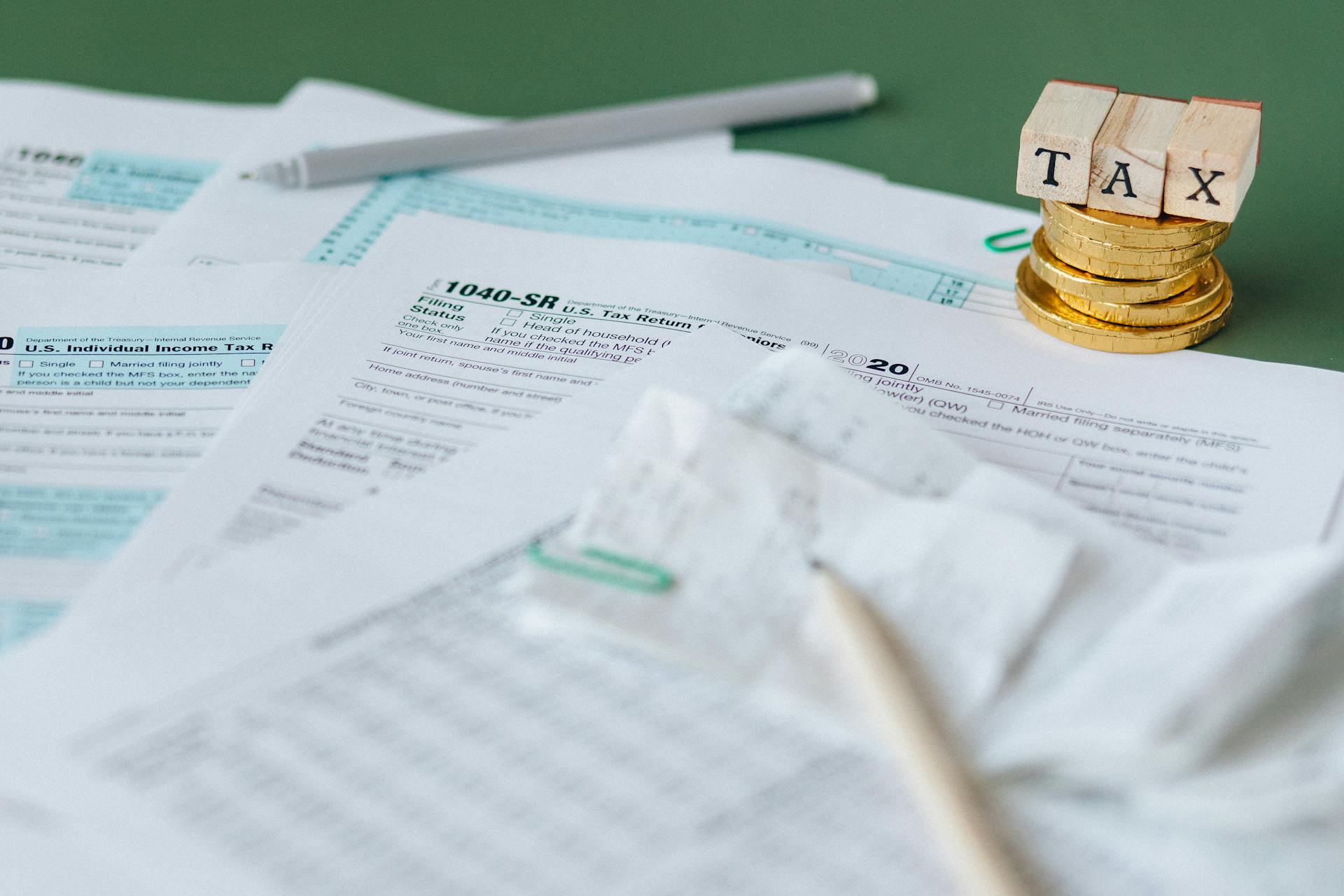
Companies typically use their short-term assets or current assets, such as cash, to pay accrued expenses, including accrued payroll.
Accrued payroll is listed in the current liabilities section of the balance sheet because it represents a short-term financial obligation to employees.
Some examples of accrued expenses that are similar to accrued payroll include interest payments on loans, warranty payments, and real estate and property taxes that have accrued for the period.
Here's a breakdown of some common examples of accrued expenses and payroll liabilities:
Accrued payroll and other accrued expenses are essential to understand when managing current liabilities.
Dividends and Liabilities
Dividends declared by a company's board of directors that have yet to be paid out to shareholders get recorded as current liabilities. This is a key concept to understand when it comes to managing a company's finances.
One example of this is dividends payable, which is a type of current liability. Dividends payable is essentially a promise made by the company to its shareholders that they will receive a certain amount of money.
Unearned Revenue and Liabilities

Unearned revenue is a type of current liability that occurs when a company receives payment from a customer for a service or product that has not yet been delivered.
Companies like Amazon and Walmart often experience unearned revenue due to advance sales of products that have not yet been shipped.
Unearned revenue is typically recorded as a liability on the balance sheet, indicating that the company has a responsibility to deliver the service or product.
The amount of unearned revenue is usually reduced as the company delivers the service or product, and the customer receives it.
For example, if a customer pre-pays for a subscription service, the company would record the payment as unearned revenue until the customer receives the service.
As the customer receives the service, the company would reduce the unearned revenue liability and record the revenue earned.
Unearned revenue can be a significant current liability for companies, especially those that offer subscription-based services or products that are delivered over time.

Companies like Netflix and Spotify often have large amounts of unearned revenue due to their subscription-based business models.
The amount of unearned revenue can fluctuate throughout the year, depending on the company's sales and delivery patterns.
For instance, a company may experience a surge in unearned revenue during the holiday season, only to see it decline as the year progresses.
Debt
Debt is a crucial aspect of a company's financial health, and it's essential to understand the different types of debt that can impact a company's ability to pay its obligations.
Short-term debt, also known as current liabilities, includes debt payments owed within the next year. This can be a significant issue if not enough revenue is generated to meet these obligations.
Companies may utilize various types of short-term debt to boost their capital, including short-term bank loans, overdraft credit lines, and commercial paper. Commercial paper is a type of unsecured, short-term debt that can be used to finance payroll, payables, inventories, and other short-term liabilities.

Notes payable, also known as payments on a company's loans, are the most important items under the current liabilities section of the balance sheet. Most of the time, these payments are due in the next 12 months.
A company's financial health can be compromised if it has too much short-term debt compared to long-term debt. This can lead to cash flow issues, making it difficult to meet its obligations, including dividend payments.
Liability Ratios
The current ratio, also known as the working capital ratio, is a measure of liquidity that compares a company's current assets to its current liabilities. It's a crucial ratio for investors to assess a company's ability to pay off its short-term debts.
The formula for the current ratio is simple: Current assets/Current liabilities. For example, in Company A's balance sheet, the current liabilities list showed creditors, bank overdraft, and bills payable totaling Rs. 30,000. Meanwhile, the current assets list showed Rs. 50,000. This gave the company a current ratio of 1.6, indicating it had sufficient current assets to cover its short-term debts.
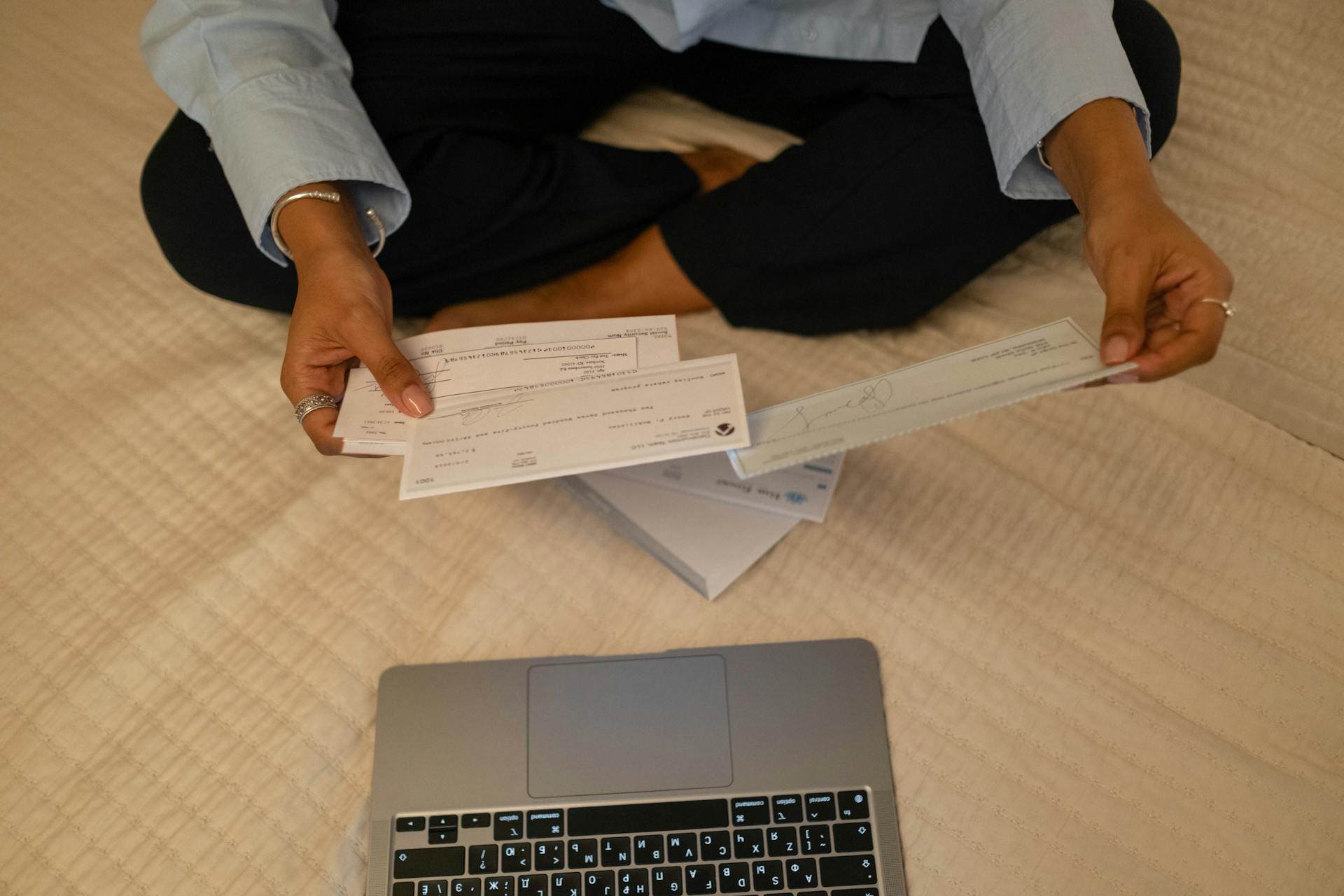
A ratio above 1 is generally considered good, as it means the company can pay off its short-term debts with its current assets. However, a ratio that's too high might suggest the company is not utilizing its assets efficiently.
The quick ratio or acid test ratio is another important ratio that's similar to the current ratio. However, it excludes inventories from the calculation, making it a more conservative measure. The formula for the quick ratio is (Current assets – Inventory)/Current liabilities. For example, in Company B's balance sheet, the quick ratio was 1.33, indicating the company had sufficient liquid assets to meet its short-term financial obligations.
Here's a comparison of the two ratios:
As you can see, the quick ratio is generally lower than the current ratio, as it excludes inventories. However, both ratios are important tools for investors to assess a company's liquidity and ability to pay off its short-term debts.
Frequently Asked Questions
What are current and non current liabilities?
Current liabilities are debts due within 12 months, while non-current liabilities are longer-term debts. Both types are listed on a company's balance sheet
How do I list current liabilities on a balance sheet?
Current liabilities on a balance sheet typically start with accounts payable, short-term loans payable, and the current portion of long-term debt. The order may vary, but these three are commonly listed at the top
Sources
- https://www.investopedia.com/ask/answers/030915/what-are-some-examples-current-liabilities.asp
- https://psu.pb.unizin.org/acctg211/chapter/current-liabilities/
- https://courses.lumenlearning.com/suny-finaccounting/chapter/accounting-for-current-liabilities/
- https://www.thebalancemoney.com/current-liabilities-357273
- https://groww.in/p/current-liabilities
Featured Images: pexels.com


